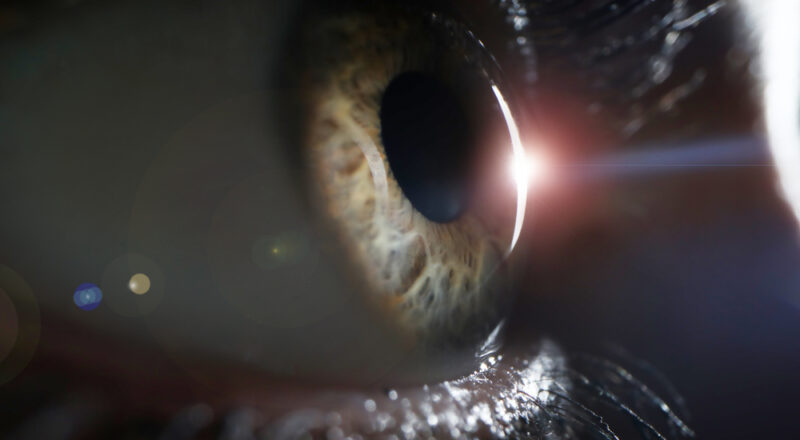Lens replacement surgery, also known as refractive lens exchange or clear lens extraction, is a cutting-edge medical procedure that has revolutionized the way we correct vision problems. This groundbreaking surgery offers new hope to millions of people worldwide who struggle with various vision impairments, allowing them to experience life with improved clarity and precision. In this article, we will explore the ins and outs of lens replacement surgery, including its benefits, the different types of lenses available, the surgical process, and what to expect during the recovery period.
Understanding Lens Replacement Surgery: A Visionary Solution
1. The Need for Lens Replacement
Lens replacement surgery is primarily recommended for individuals with vision issues such as cataracts, presbyopia, or extreme refractive errors like high myopia or hyperopia. Cataracts, characterized by the clouding of the eye’s natural lens, can severely impair vision and significantly impact a person’s quality of life. Similarly, presbyopia, an age-related condition, leads to the loss of near vision focus, making simple tasks like reading or using digital devices difficult. In such cases, lens replacement surgery offers a transformative solution.
2. The Types of Intraocular Lenses (IOLs)
During lens replacement surgery, the natural lens is replaced with an artificial intraocular lens (IOL) to correct vision problems. There are different types of IOLs available, each designed to cater to specific visual needs:
- Monofocal IOLs: These lenses offer clear vision at a single focal point, usually set for distance vision. Patients may still need glasses for close-up tasks or reading.
- Multifocal IOLs: Multifocal lenses provide multiple focal points, enabling patients to see clearly at various distances, including near, intermediate, and far. This reduces the dependence on glasses post-surgery.
- Toric IOLs: Designed to correct astigmatism, toric lenses provide enhanced clarity for individuals with both cataracts and astigmatism.
- Accommodating IOLs: These lenses mimic the eye’s natural ability to shift focus, providing seamless transitions between near and distance vision.
3. The Surgical Procedure
Lens replacement surgery is typically an outpatient procedure that takes about 15 to 30 minutes per eye. It is usually painless, as the surgeon administers local anesthesia to numb the eye before making a tiny incision. Using advanced techniques, the cloudy natural lens is removed, and the IOL is inserted in its place. Depending on the patient’s needs and the surgeon’s approach, the IOL may be placed in front of or behind the iris.
A Clearer Tomorrow: Recovery and Aftercare
1. Immediate Post-Operative Period
After lens replacement surgery, patients may experience mild discomfort or itching in the treated eye. It is essential to follow the surgeon’s instructions regarding eye drops and medications to prevent infection and aid healing.
2. Visual Recovery
The visual recovery period varies from person to person, but many patients notice an immediate improvement in their vision after the surgery. However, it may take a few days or weeks for the vision to stabilize fully.
3. Adjusting to the New Vision
While the brain adapts to the enhanced visual clarity provided by the IOL, some patients may experience halos or glare around lights, particularly in the initial stages. However, these visual disturbances often diminish with time.
Conclusion
Lens replacement surgery has emerged as a transformative procedure, offering renewed vision and independence to individuals burdened by cataracts, presbyopia, or severe refractive errors. With advanced intraocular lens options and a minimally invasive surgical process, the future of vision correction looks brighter than ever. If you are considering lens replacement surgery, consult an experienced ophthalmologist to determine the best approach for your unique visual needs and embark on your journey to a clearer tomorrow.
